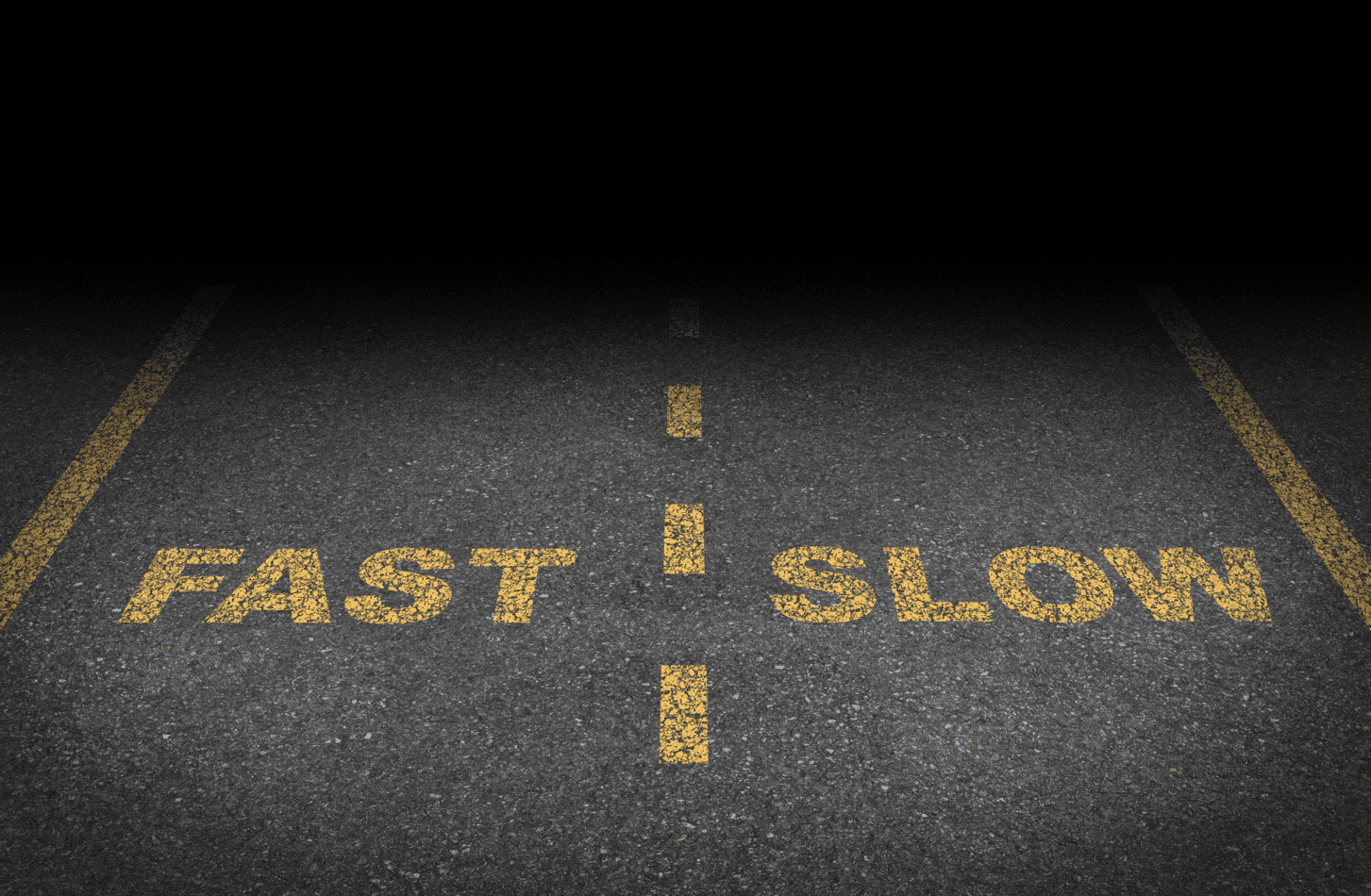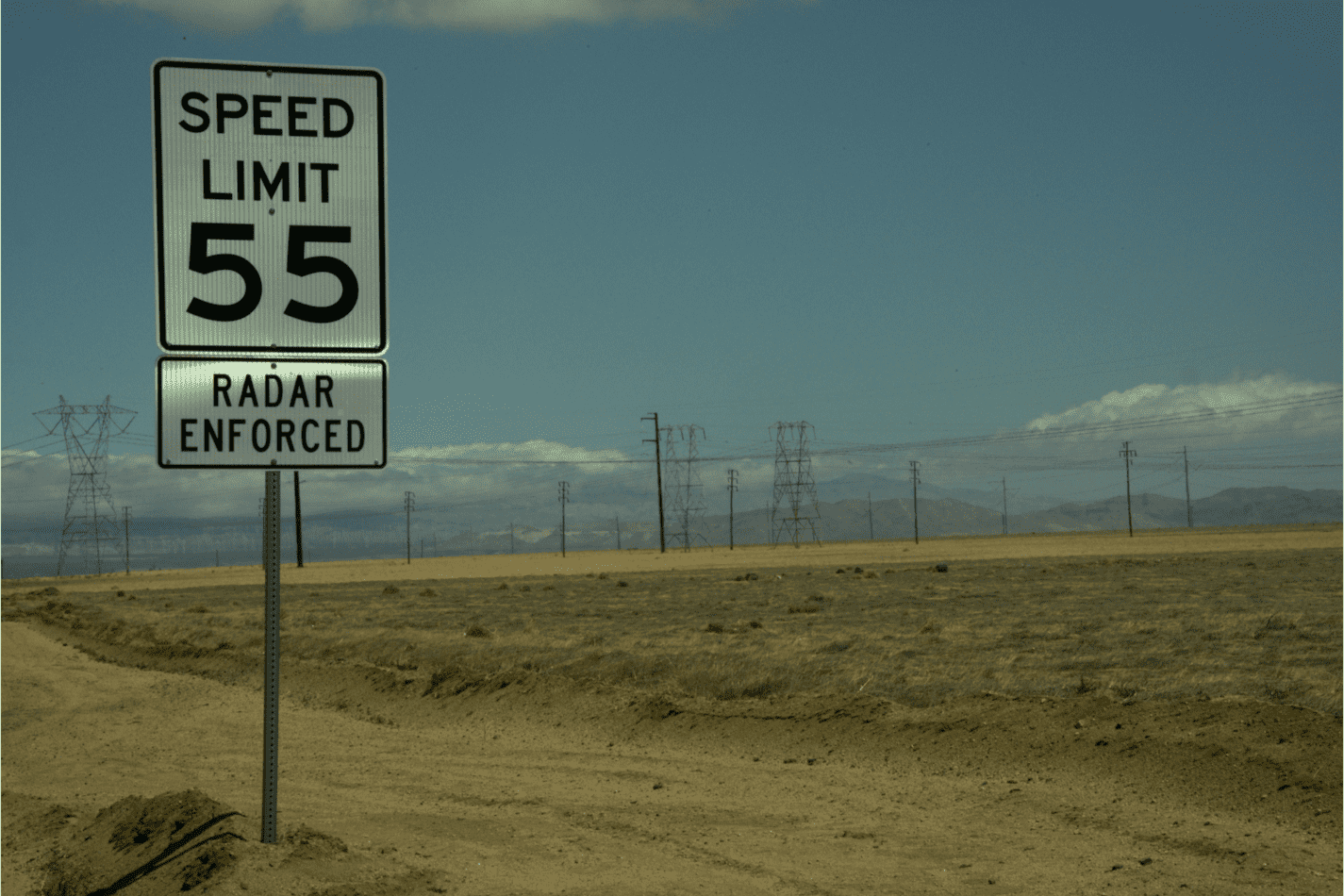We are looking at RV towing laws you might not be aware of!
Laws can change or be updated. Therefore, this blog is meant for informational purposes only. It is not to be used as legal guidance for towing travel trailers.
Have trailer, will travel! That’s the whole point, right? If you and your travel squad are ready to hit the open road in your towable camper, you may wonder if there are any special driving laws for vehicles pulling a trailer. Sure enough, many laws dictate the proper usage of all types of trailers.
However, things get confusing because these laws aren’t nationwide. Instead, each state has its own rules of the road. So, if you’re taking a cross-country trip, you will need to do a bit of research ahead of time to make sure you fully understand the laws in every state you’ll be cruising through.
Lane restriction laws are among the most common RV towing laws. Let’s take a look at what the general rules are for driving in the left lane on highways and which states have the strictest RV towing laws.
Why Do Lane Restriction Laws Exist?

There are two main reasons that lane restriction laws exist for pulling trailers: safety and traffic.
Have you ever been stuck behind a vehicle going too slow in the left lane? It’s not only frustrating because it slows us down, but it also creates a massive traffic jam.
These vehicles aren’t usually passing slowly because the driver isn’t paying attention. Typically, that’s as fast as the truck can pull the heavy load that they’re towing. Or it isn’t safe for them to drive any faster. One trailer slowly passing in the left lane can cause a considerable delay for hundreds of drivers behind them. According to studies, a car going below the speed limit is more likely to cause an accident than one driving above it.
Not only does this disturb the flow of traffic, but it can be downright dangerous. Drivers pulling a trailer might be tempted to try and avoid this by driving faster than is safe. Cars moving faster may end up slowing down, changing lanes, or pulling dangerous maneuvers to get past.
…on freeways and other high–speed roads, speed limit increases generally lead to higher speeds and crashes.
Synthesis of Safety Research Related to Speed and Speed Management
General Left Lane Laws for All Vehicles

Lawmakers across all states have put driving laws in place to help avoid these dangerous situations and minimize traffic congestion. Whether you’re towing a trailer or not, every state has some degree of regulation that doesn’t allow vehicles moving below the speed limit or below the speed of traffic to use the left-hand lane. In many states, automobiles are only allowed to use the left lane while passing. Others require drivers to move to the right when slowing down traffic.
When pulling a trailer behind your truck, you should be going slower than most other cars on the road. That means, regardless of the law, the left lane should be reserved to pass others and move back to the right-hand lane as soon as possible.
RV Towing Laws for the Left Lane
While it’s best practice for trailer towers to stay in the right lane unless passing, turning, or avoiding hazards, some states have specific laws regarding lane usage. Keep in mind that rules may change. Anytime you’re entering a new state, you should look up the particular laws for towable RVs to ensure you don’t get ticketed or, worse, cause an accident.
While many states have left lane laws for all vehicles, we gathered some left-hand lane RV towing laws for states with tighter trailer regulations.
California
In California, vehicles that are towing trailers may not operate in the left-hand lane on any highway with at least two lanes going the same direction. If the highway has at least four lanes going the same direction, vehicles with three axles or more may use the second lane to the right for passing only.
Connecticut
In Connecticut, designated highways prohibit travel trailers in the far left lane on highways with more than two lanes going in the same direction.
Michigan
Michigan law states that travel trailers must use only the two lanes farthest to the right on freeways with three or more lanes, except to turn left or avoid a hazard.
Oregon
Any campers or vehicles with a trailer in Oregon must drive in the right lane on highways with two or more lanes. Exceptions are to overtake, turn left, respond to emergency conditions, or avoid hazards.
Pennsylvania
In Pennsylvania, vehicle combinations that weigh over 10,000 pounds may not use the left lane on limited-access highways that have three or more lanes unless they are turning left.
Utah
A person may not tow a trailer of any size in the left-most or HOV lane if there are three or more lanes going the same direction except when turning or avoiding a hazard.
Washington
No vehicle towing a trailer, or vehicle combinations that weigh over 10,000 pounds are allowed to drive in the left lane when there are three or more lanes going the same direction except when turning left, exiting, making a legally permitted left turn, or in an emergency. They also can’t operate in the left lane of a two-lane highway except when passing, turning, or avoiding a hazard. However, the HOV lane is not considered the left lane, and therefore recreational vehicles with the number of occupants specified on signs are permitted.
Remember that laws are subject to change, and some states may have related regulations that aren’t listed here.
Other Laws For Towing You Should Be Aware Of

It’s not just where you can pull your camper that state governments sometimes regulate. There can be many other state laws that you should be aware of when road tripping across multiple states. For example, most states have a maximum speed limit between 55 and 65 miles per hour for vehicles with trailers. Since this can sometimes be slower than the rest of the traffic, it’s essential for you to stay in the right lane.
There are often laws limiting trailers’ maximum width, length, or height. Sometimes even smaller details of travel trailer life can be regulated by the states:
- Maryland and New York both prohibit liquid propane inside their tunnels.
- New Jersey doesn’t allow open propane cylinders on any open highways.
- Other states have laws requiring flares, reflective signs, fire extinguishers, or gas detectors to be carried.
Bottom Line For RV Towing in the Left Lane
When you’re out in your RV taking a trip across the country, the goal is to have a good time. To help make sure to avoid any dangerous or stressful situations, it’s always better to be safe than sorry.
Make sure to study local laws when traveling somewhere new. But whether there are laws in place or not, it’s best to avoid driving your RV in the left-hand lane. Also, follow towing speed limits and lane usage rules to keep your fun trip on track.





In Washington State RVs with 2 or more people may travel in the HOV lanes
That is correct, Washington doesn’t count the HOV lane as a “left lane.” WAC 468-510-010
Thanks for being a Camper Smarts reader. 🙂
The right lanes on some highways are so torn up that it is almost painful to drive in them. If the traffic is sparse, I’ll drive in the left lane and pull to the right lane when I see traffic coming up behind me. Right or wrong, the right lanes will destroy your equipment.
Thank you very much for the safe driving regulations in the various states.
We tow a CRV behind our motor home and are aware and abide by those that we are aware off.
Would appreciate a update on propane regulations for built in tank in a motor home.
Thank you again
Driving 55 in the right lane is very relaxing compared with driving 65 or 70, where permitted. I now avoid driving faster than 55, regardless of the allowed speed, instead of my usual 65 or 70 and I arrive with calm nerves and have saved fuel.
If you are in a hurry, then fly. RVing is all about the trip, so slow down and enjoy the view. If your nerves are all frazzled when you get where you are going then you can’t enjoy it. Drive 55 and stay alive. Now get out and go camping.
May I add, Utah on I-15
(Southern I-15) maximum speed limit towing a TT or a RV towing a toad or trailer is 80 mph.
Check your tires to see if they are rated to go 80 mph.
I must agree with Joe, some right hand lanes will destroy your trailer because of their surface condition.
I suppose flat towing a vehicle is considered a trailer.
Stay in the right lane you will enjoy your trip a whole lot more.
Got a heavy fine in Kalifornia going into the HOV lane dispite having the correct number of people and not exceeding the speed limit , just trying to avoid an accident.
Thanks for this most informative article! It was noted that New Jersey does not allow open propane tanks on the road. Does this include tanks with auto shut-off controls?
I agree with Joe & Robert. In many places, the R lane condition is much worse than the L lane. I will drive in the L if able to, without slowing traffic (and move to the R when needed).
Don’t agree about the propane in NJ, gotta keep the fridge cold.
Very informative article. But, if I may add a little bit more to why it’s important to stay right when towing, with the few exceptions mentioned. One important factor not to be in the left lanes. If there is an accident it would be more devastating, then being in the right lane. Because, across all lanes can be horrific.
Like one person said several roads and especially those with heavy trucks it’s almost impossible to drive the right lane
I also find it disturbing when cars hog the left lane. This is quite often by senior drivers and those entering or merging on to highway from entrance ramps do not have the right away. Had the semi ahead of me not pulled over the driver education instructor would have put his student under the trailer of the semi.roy drewis
from
If a semi truck passing another semi on the interstate can’t pass in less than a 1/2 mile he should park his dog he’s driving. I’ve had some go for over 2 miles to get past the one they are passing. Driving a semi doesn’t always mean they aren’t dangerous and to some they think they can dominate because of size.
I think all states should have the same law when it comes to towing RV on the interstates 60 mph right lane only no passing other vehicle’s 👍
It is better to place any trailer in the right lane, but use the left lane to pass only. Safety is the greatest concern and the additional weight greatly affects the breaking and distance of stopping. Keeping in mind that safety , proper planning, and enjoyment apart from the business of working and stress , can be complicated if safety and proper planning are not a part of the agenda of a trip.
Also there is a chart for highway trailer tire speeds and you start traveling at speeds over 65 mph and your trailer tires are not rated for those speeds plus you have to be in control of the tow vehicle and the trailer to stop should there be trouble in your lane so the right lane is a good choice to be in to avoid something in a split second.
I’ll sometimes tow in the left lane when there is no traffic coming up behind me because the right lane is usually in the worst state of repair and roughest. But I always move back to the right lane as traffic nears. Always be aware of your surroundings.
I was kinda hoping that you would talk about the new trend of pulling doubles and triples, especially with a four wheeler in the bed of the pickup truck. I can’t imagine how overweight the drive axels are in that type of setup.
Along the same lines one needs to check their trailer tires when they buy it. I see too many companies putting cheap tires on a trailer with a speed rating of 50mph yet they drive 65-75 mph down the interstate. Save your life and someone else’s and check your tires. It’s marked on the sidewall and is coded by the alphabet. If you have “A-K” you better buy new tires. L = 75mph max. Down the alphabet further is a better tire.